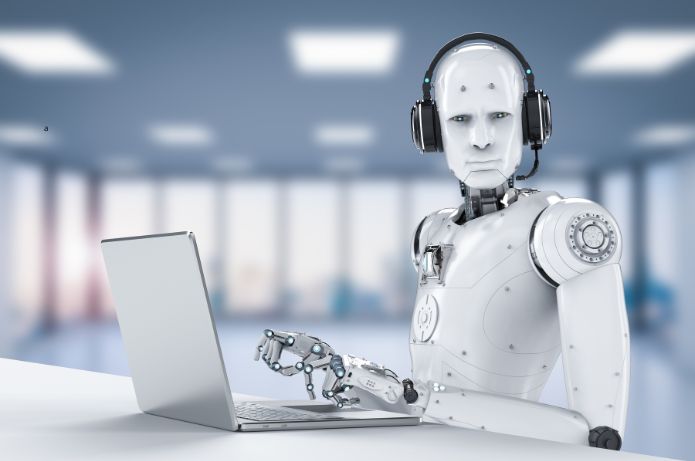Artificial Intelligence (AI) is no longer an exclusive resource of large corporations. Today, even small businesses can explore this powerful technology to optimize processes, increase efficiency, and improve the customer experience. Although AI may seem intimidating at first, it is possible to integrate it gradually and strategically. This article discusses how small businesses can start implementing the tool in an accessible and efficient way.
AI is a powerful technology that can transform various aspects of a company, regardless of its size. Automation of routine tasks, analysis of complex data, and improvement of decision-making are just some of the ways small businesses can benefit. Contrary to what many think, it is not necessary to have a team of developers or invest large sums of money to start using AI. Easy-to-implement tools are available, and with small actions, companies can achieve great results.
Start small by defining your first AI project
When starting the implementation of AI, it is important not to try to integrate the technology across the entire company all at once. The ideal is to start with a specific project that solves a problem or improves an essential process for the business. A common and highly effective example is thecustomer service automation.
Tools like chatbots and virtual assistants can be implemented to address customers' most frequently asked questions, free up the human team's time, and improve response speed. This represents a significant gain in efficiency, without requiring major investments.
Other areas that could be targeted by a first AI project includepersonalization of offers for customersandpredictive sales analysisThese specific projects can be easily measured, allowing the manager to quickly identify the benefits of AI and, if necessary, make adjustments before expanding to other demands.
Ready-to-use AI tools
The myth that AI is only accessible to those with deep technical knowledge is no longer valid. Today, there are several AI tools available on the market that can be integrated into businesses with little or no customization. Some examples are
- Chatbots and virtual assistantsSolutions like ManyChat and Tidio allow automating customer service with ready-to-use chatbots. They can be integrated into e-commerce platforms, social networks, and websites, providing real-time support to customers.
- Recommendation systemsTools like Recombee enable personalized customer experiences by providing product or service recommendations based on previous behaviors. These platforms use AI to analyze data and suggest relevant products, which can increase the sales conversion rate.
- Marketing automationTools like HubSpot and Mailchimp use AI to segment email lists and recommend the right content to the right customers at the right time. This helps optimize campaigns and improve engagement.
Empower your team: basic training and encouraging the use of AI
The adoption of any new technology requires team training, and with AI it is no different. It is not necessary for all employees to become AI specialists, but it is important that they understand how the tools work and how they can be used in daily life. Offerbasic training,that introduce the fundamental concepts of AI and demonstrate, in practice, how it can facilitate the work of each sector.
Additionally, encourage your team to familiarize themselves with the new technologies. AI integration is easier and more effective when employees are engaged in the adoption process, understanding how it can improve their own workflows. Familiarization will enable the company to make the most of the tools, as well as to create a culture of innovation within the work environment.
Monitor results and adjust as needed
The implementation of AI is a dynamic process. Although technology is powerful, it requires adjustments to align with the specific needs of each business. Therefore, it is essentialmonitor the resultsobtained from the use of AI. Analyze key metrics such as customer satisfaction, response time, and operational costs to understand where AI is performing well and where there is room for improvement.
Based on this data, adjustments can be made to tools or processes to ensure that AI is truly contributing to the company's growth. Flexibility is one of the main advantages of AI, as its solutions can be customized and adapted according to the company's goals and market changes.
Thus, although implementing AI may seem complex, small businesses can use it in simple projects and accessible tools. The secret is to adopt a gradual approach, focused on specific areas of the business, and to ensure that the team is prepared to use the technology.
With the right choice of tools, constant monitoring of results and appropriate adjustments, AI can become a major competitive differentiator, allowing small businesses to stand out in an increasingly dynamic and technological market.











